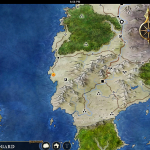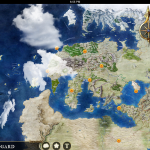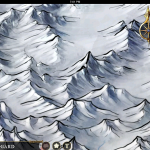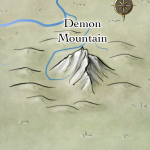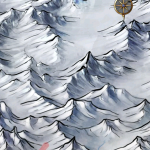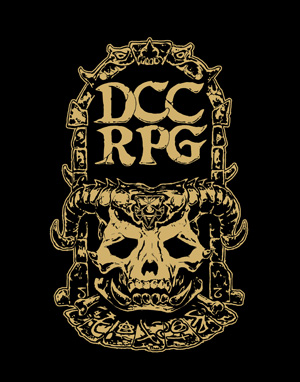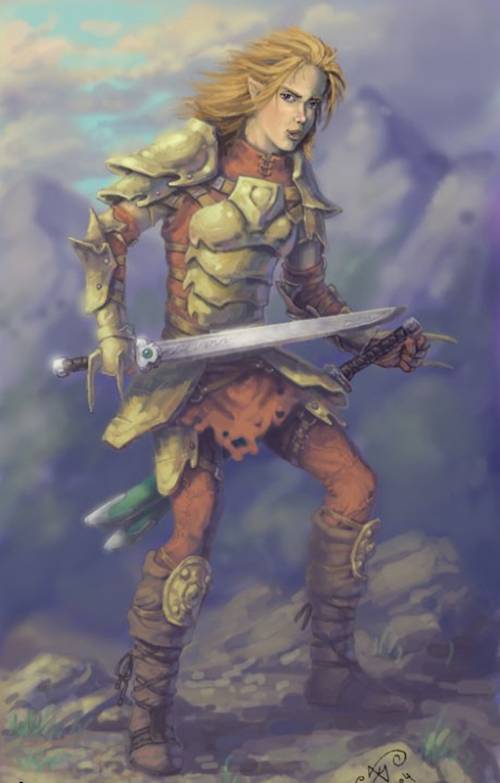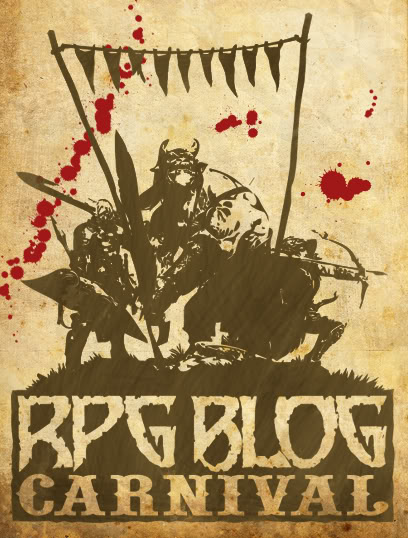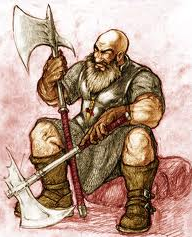 Happy Anniversary!
Happy Anniversary!
One year ago today I made my first post at The Iron Tavern. I started the Iron Tavern after an #rpgchat that was focused on RPG blogging. With that chat as inspiration I wanted to use The Iron Tavern as a platform for a multitude of things. I wanted it to be a place to write some fiction, offer up product reviews, offer commentary on games I was interested in, and more.
Over the past year I have tackled most of those. I have not posted fiction here since the early months of the Tavern, but reviews, game commentary and the like are frequent topics at The Iron Tavern. In many ways, even a year later I feel like the blog is still hitting its stride and finding its place in the RPG blogosphere.
From the early days of the blog traffic here has increased ten-fold-plus. I would still like to see continued increase, but I am quite happy with how things have been going with the blog. It provides me an outlet or soapbox for me to write about a wide variety of RPG topics, review various RPG materials, and simply as a platform to talk RPG. The comments I receive regarding the blog are favorable.
I do not want to dwell too much on numbers and statistics, but I find it interesting to at least take a look at some of the more popular posts over the year. Let’s take a look at the top three posts from the time I launched this blog one year ago to now.
The most popular post? A Look at The One Ring. This post is one where I took a quick overview of the game, touched on some of its more major mechanics and provided thoughts on the game. Over the past year, it has been the most popular post, excluding hits to the home page of the blog.
Coming up closely after that, are my review if Hero Lab Beginner Box and my Rise of the Runelords unboxing. The Hero Lab post fell in the first quarter of the blog, though at the tail end. The Rise of the Runelords unboxing was more recent having been posted just over a month ago.
 The Contest
The Contest
What anniversary celebration would be complete without a contest? The Iron Tavern is hosting its first ever contest to celebrate its one year anniversary! Up for grabs is a $15 gift certificate to RPG Now or Amazon.com – winner’s choice! There is also a second place prize of a $10 gift certificate to RPG Now or Amazon.com, winner’s choice.
While I hope this will be the first of several more contests in the future, this contest certainly has the lowest hurdle to entry! Though there are several methods of entry and even methods to increase your chances!
The Iron Tavern Comment Entries
The first, and easiest, is to simply post a comment to this post wishing The Iron Tavern a Happy One Year anniversary. That is it, post a comment on this post and you are entered! Only one comment for entry per person please. The cut-off is Sunday, September 2nd at 9pm Eastern for comments to be considered.
Looking for another way to enter to increase your chances? I have a few of those as well.
Google+ Entry
You can follow The Iron Tavern’s Google+ page. I post updates there when the blog is updated and it can be a great way to keep up with what is happening at The Iron Tavern. Once you have added The Iron Tavern on Google+, be sure to comment on the Google+ Update about The Iron Tavern Anniversary and Contest so I know to add your name!
Twitter Entry
Tweet a link to this contest post on Twitter, make sure to cc: @ir0nwolf so I know you posted a link and I will add your name again to the list of entrants.
Blogroll Entry
Add The Iron Tavern to your own blog’s blogroll. Already have The Iron Tavern on your blogroll? Then just let me know by posting a comment here or pinging me on Twitter and I will add your name to the list of entrants again!
That is it! Four ways to enter this contest! Post a comment on this post wishing The Iron Tavern a happy anniversary, follow The Iron Tavern’s Google+ page (and comment on this post announcement on Google+ so I know about it), add The Iron Tavern to your own blog’s blogroll, and tweet a link to this contest while mentioning @ir0nwolf! Choose one method or all four to increase your chances of winning!
Who Wins?
The contest winners will be decided by a roll of the dice. I will put all entrants names into a spreadsheet and then use invisiblecastle.com to roll a dice to select the first place winner and then the second place winner by random roll. Get in on this contest now, as this will be the easiest contest The Iron Tavern ever holds! Future contests are going to require a little more work on the contestants’ part!
The Rules
- Contest Ends Sunday, September 2, 2012 at 9pm Eastern.
- Winners Announced Monday, September 3, 2012
- Four Methods of Entry
- You can enter the contest via each method to increase your chances of winning, but only once per method.
- Winners names (or handles) may be used in future blog posts or blog promotion.
- Winners will be determined by random roll at invisiblecastle.com
- 1st Place Prize $15 gift certificate to RPG Now or Amazon.com – Winner’s choice
- 2nd Place prize $10 gift certificate to RPG Now or Amazon.com – Winner’s choice
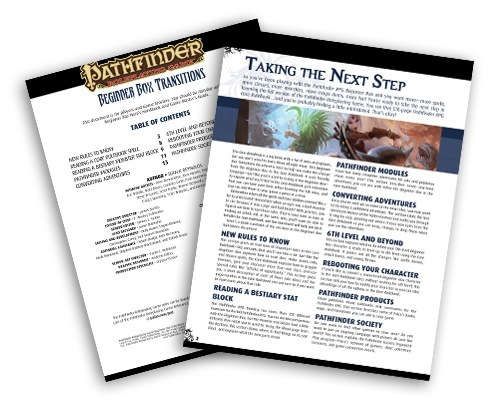 Today Paizo released a free supplement to their Pathfinder Beginner Box product called Beginner Box Transitions. This PDF release is designed to help a player that entered the Pathfinder system through the Beginner Box to transition beyond 5th level and into the Core Rulebook.
Today Paizo released a free supplement to their Pathfinder Beginner Box product called Beginner Box Transitions. This PDF release is designed to help a player that entered the Pathfinder system through the Beginner Box to transition beyond 5th level and into the Core Rulebook.

